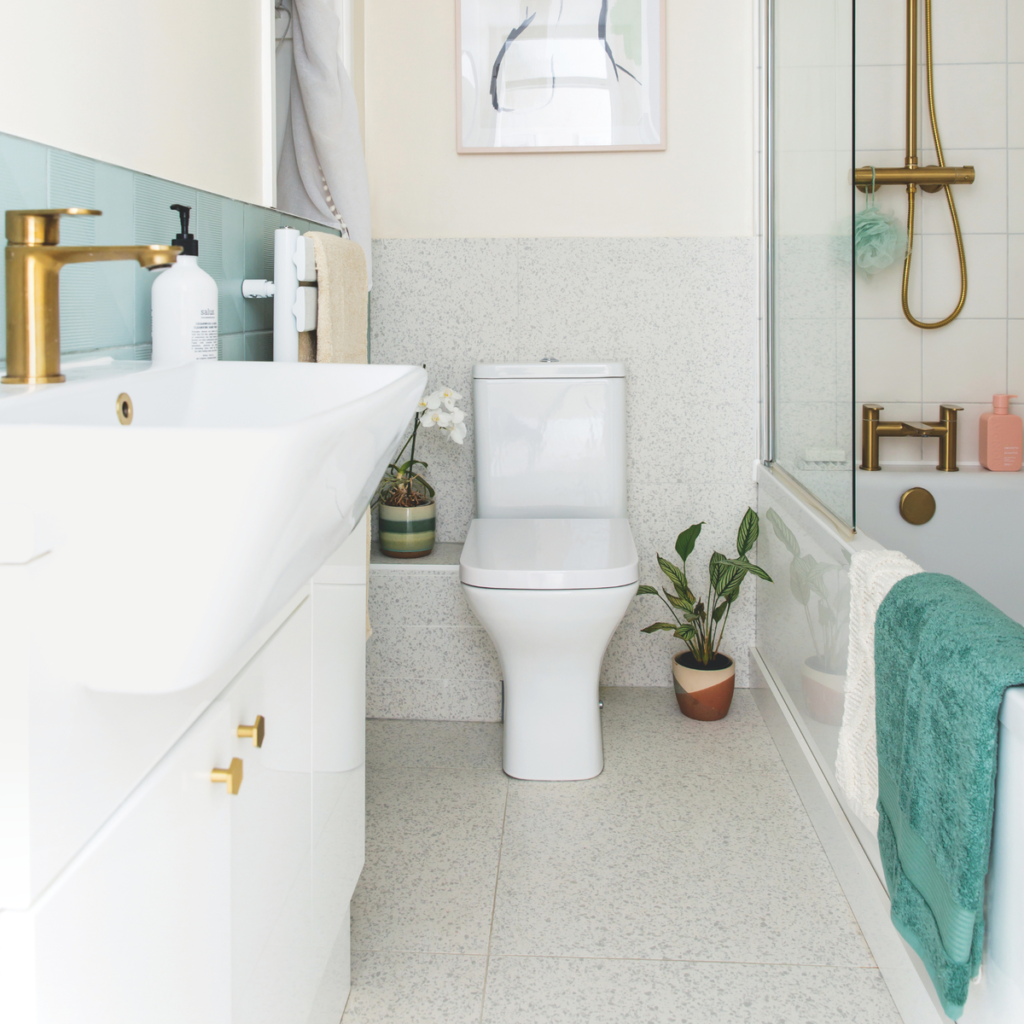The importance of cleaning your loo – even if the job itself is a little gross – is not something you can avoid. But, did you know this simple toilet brush cleaning mistake could be ruining all your hard work?
After cleaning your toilet, it’s common sense you should clean your toilet brush too – especially if you’ve had to deal with dreaded ‘skid marks’.
But is all your hard cleaning work going to waste? Did you know storing your toilet brush straight back in its holder can make it dirtier?
Toilet brushes come neatly packed in their holders – surely that’s how they should stay stored?
This isn’t wrong – the issue is when toilet brushes go back into their holder when wet.
‘Storing your brush in a tiny, sealed container? You might as well be creating a bacteria sauna,’ says Forrest Webber, founder of Bear Brothers Cleaning.
‘Let your brush breathe! Use a holder that allows airflow so it can dry properly. Think of it as giving your brush a spa day—except less relaxing and with more bleach.’
A well-ventilated holder allows the brush to dry, preventing damp and mould forming. If you don’t have a ventilated holder, try resting the brush between the toilet seat and bowl until it dries.
‘I recommend immersing it in a bucket of hot water with a disinfectant like Dettol. Let it soak for at least an hour, then dry it in a sunny, open space. This routine helps prevent grime build-up, contributing to a cleaner toilet overall,’ says Henrique Conceicao, Area Manager at Total Clean.
‘If you have to return a wet brush to its holder, make sure the holder has draining holes and is cleaned regularly. A damp holder can create a breeding ground for germs and unpleasant odours.’
Other toilet brush mistakes to avoid
This isn’t the only brush faux pas you could be committing.
‘Like socks with holes, brushes should be replaced regularly—every six months to a year. After all, you wouldn’t use a toothbrush forever,’ says Forrest.
‘Too much pressure with a toilet brush can actually scratch the bowl, leaving microscopic nooks and crannies for germs to hide in. So, relax! Let the cleaner do the heavy lifting. Your toilet isn’t auditioning for a gritty action movie—it just needs a gentle scrub.
‘One of the biggest mistakes is ignoring the brush itself after you’ve given the bowl a good scrub. This is how your toilet brush transforms into a germ party. After using it, please give it a good soak in a disinfectant or bleach solution, and let it dry. Don’t let it sit like a soggy sponge—it needs some TLC too!’
Consider a silicone toilet brush
It is worth investing in a silicone toilet brush as a more hygienic alternative to a standard toilet brush. A great choice would be the Joseph Joseph Flex Toilet Brush which has deliberately wide-spaced plastic bristles to prevent grime clogging.
Flex™ Light Grey Toilet Brush
‘If you are using the traditional brush this does not in my opinion, really clean your toilet effectively,’ says professional organiser Nicola Rodriguez aka @essexhousedolly.
‘This is due to the bristles retaining not only faeces but also harbours nasty bacteria as well as toilet roll residue.
‘These should be thoroughly cleaned before use, as well as the pot that they sit in. Not doing this causes the water to become stagnant and then it is sitting on your loo brush. Using silicone totally eliminates this.
‘In my opinion, non-bristles are totally the way forward. They are easy to clean, they do not sit in a pot of dirty water from the loo and they also do not tarnish or smell.’
Essentially, they’re cleaner to use.
Next time you go to scrub your toilet, pay special attention to your toilet brush – after all, it’s maintenance makes all the difference.
Read the full article here

